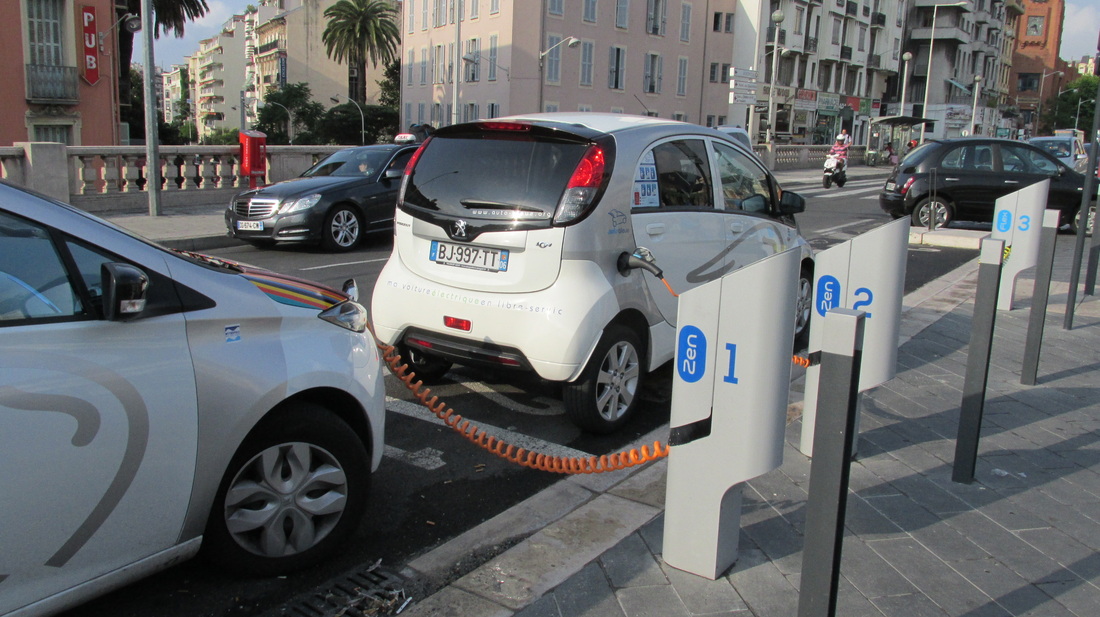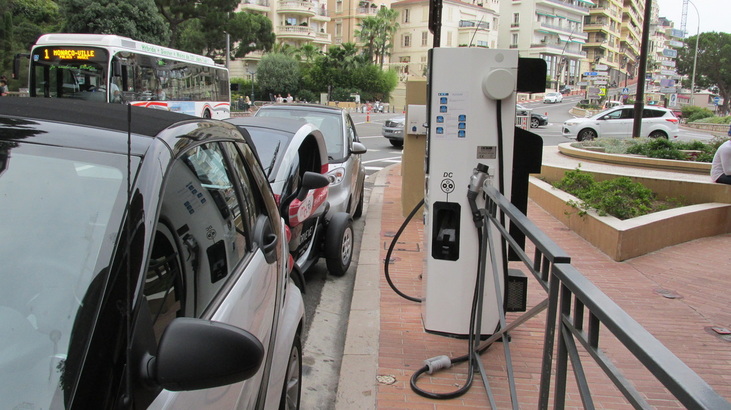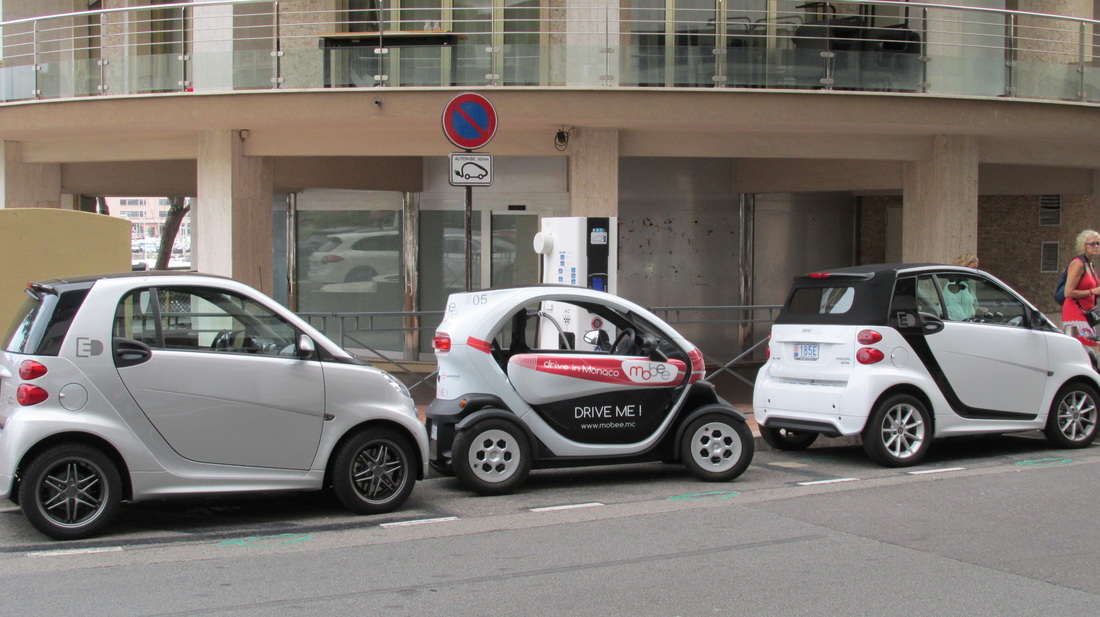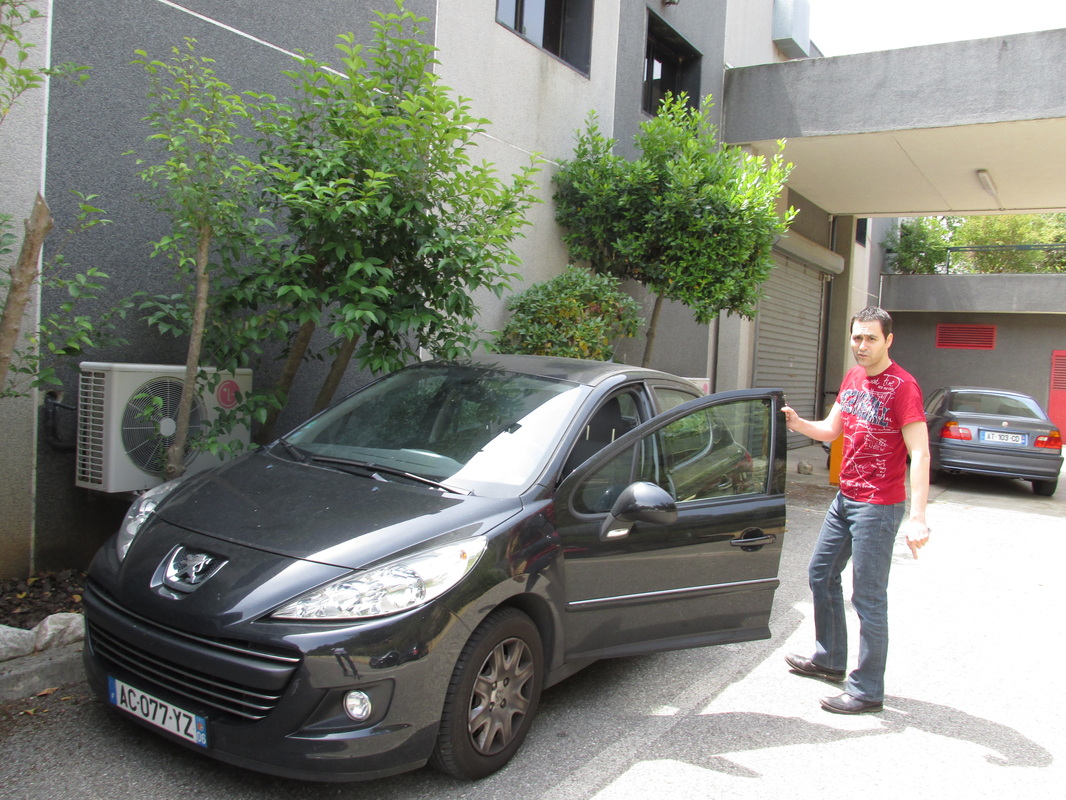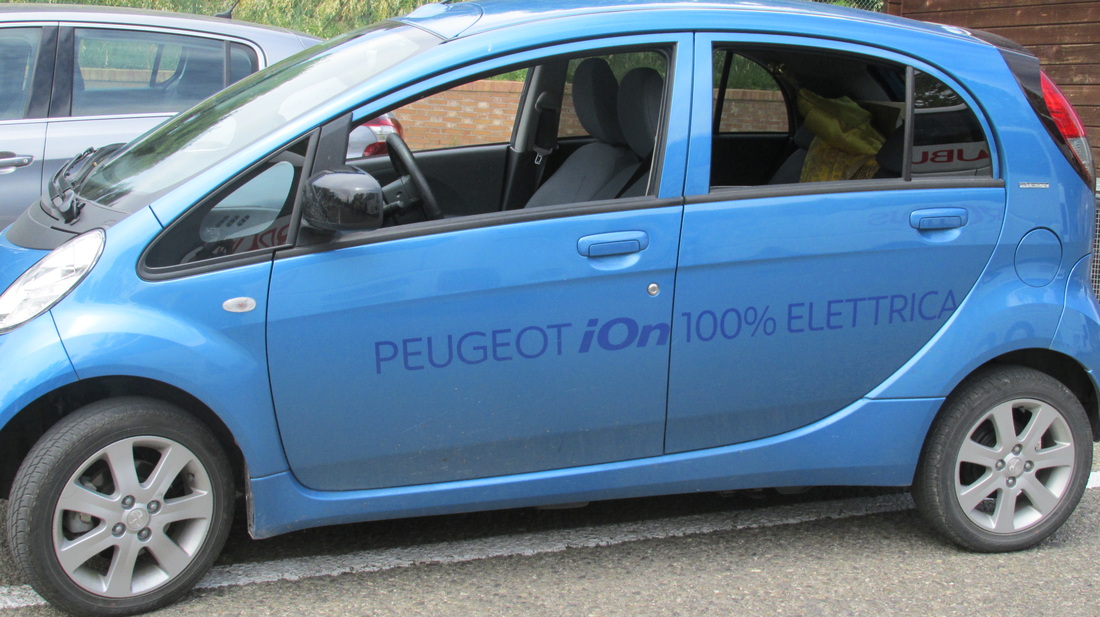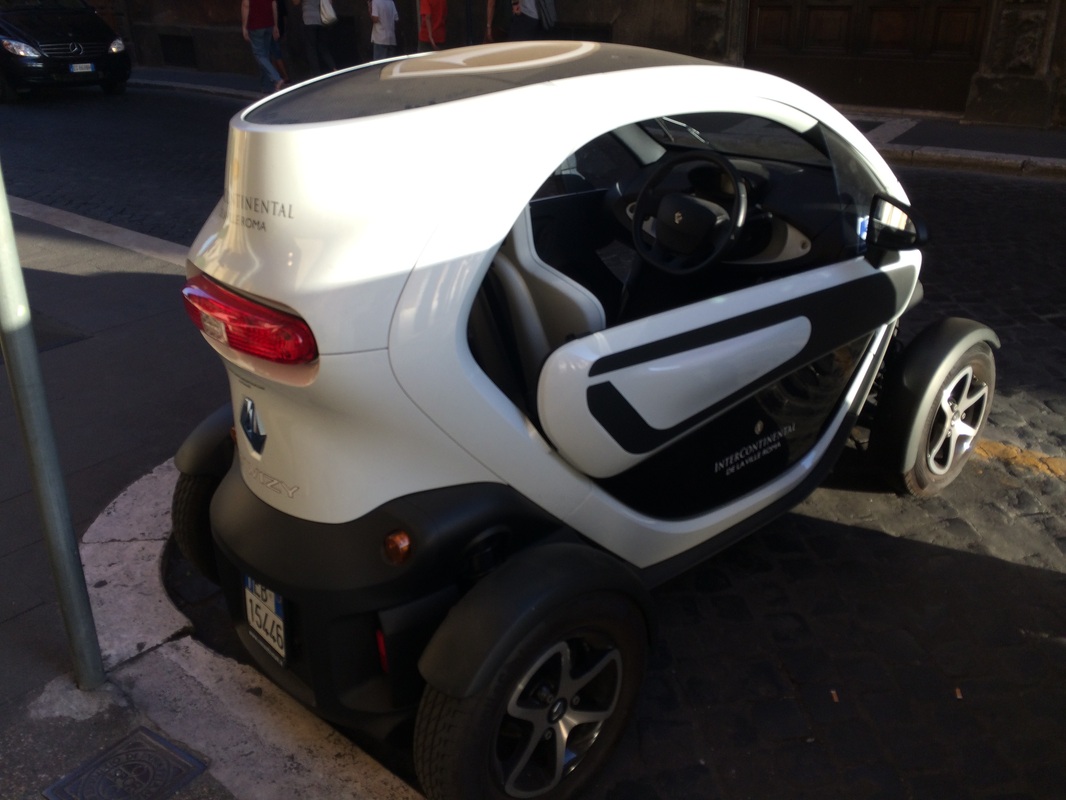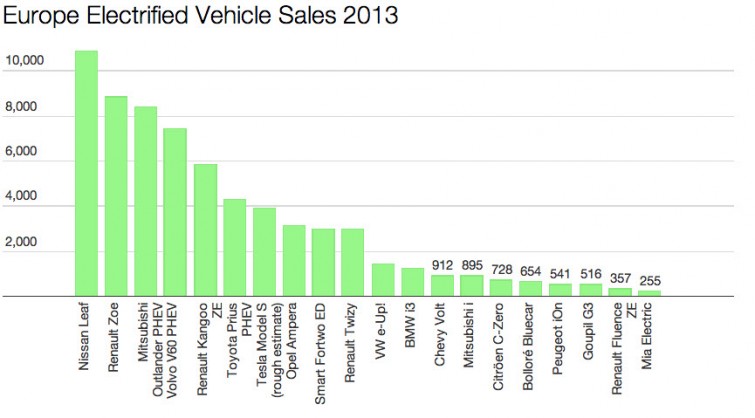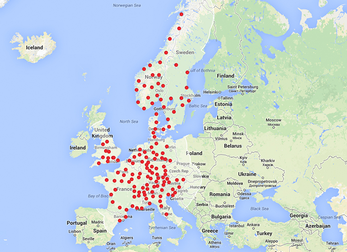I just had the pleasure of visiting Europe for three weeks, recently. To be specific south France and Italy. The car scene is dominated by companies like Peugot, Renault, Citroen and Fiat. And like the rest of the world ICE based engines rule here, guzzling huge amounts of oil and spewing out tons of bad stuff in the atmosphere. Even the little scooters you see in Italian cities are petrol based.
I hardly see an EV here. Although I did spot few DC quick charging stations in roads and few electric cars plugged in. The overriding feeling i got is that electric vehicles still are driven mostly by enthusiasts, just like in India.
I hardly see an EV here. Although I did spot few DC quick charging stations in roads and few electric cars plugged in. The overriding feeling i got is that electric vehicles still are driven mostly by enthusiasts, just like in India.
Expensive EVs in Europe
When it comes to electric cars, there are good choices for the consumer. But the offerings here are expensive. Consider this, a decent ICE based car, can cost on average between 12000 € to 15000 €. The cost of EV's like the Renault Zoe, Nissan Leaf, BMW i3, and The Tesla Model S start from 20000 € and go up-to 60000 € or more.
In India, an average ICE based hatchback costs ₹ 4 lakhs (5000 €) and the Mahindra e2o electric car which goes 100 km per charge, costs around ₹ 6.5 Lakh (8500 €)
The extra amount that is needed in order to acquire an electric car in India is way lesser than in Europe.
What I like about Mahindra Reva is the fact that they are in theory, enabling more people to experience electric mobility with the competitive pricing. The fact that the sales of the e2o are not good in India is another story.
Compare that to the auto manufacturers in Europe who sell electric cars that provide high torque, have bigger motors and thus need huge Li-Ion battery packs. All this increases the price of an EV. And in most cases people won't need super high powered cars.
This is a big problem and European auto manufacturers don't seem to be interested in offering EVs that cost less.
Lot of people i spoke to would rather buy an ICE car at 13,000 € instead of forking out 22,000 € on a similar featured electric car (That is almost double the cost)
When it comes to electric cars, there are good choices for the consumer. But the offerings here are expensive. Consider this, a decent ICE based car, can cost on average between 12000 € to 15000 €. The cost of EV's like the Renault Zoe, Nissan Leaf, BMW i3, and The Tesla Model S start from 20000 € and go up-to 60000 € or more.
In India, an average ICE based hatchback costs ₹ 4 lakhs (5000 €) and the Mahindra e2o electric car which goes 100 km per charge, costs around ₹ 6.5 Lakh (8500 €)
The extra amount that is needed in order to acquire an electric car in India is way lesser than in Europe.
What I like about Mahindra Reva is the fact that they are in theory, enabling more people to experience electric mobility with the competitive pricing. The fact that the sales of the e2o are not good in India is another story.
Compare that to the auto manufacturers in Europe who sell electric cars that provide high torque, have bigger motors and thus need huge Li-Ion battery packs. All this increases the price of an EV. And in most cases people won't need super high powered cars.
This is a big problem and European auto manufacturers don't seem to be interested in offering EVs that cost less.
Lot of people i spoke to would rather buy an ICE car at 13,000 € instead of forking out 22,000 € on a similar featured electric car (That is almost double the cost)
Electric cars in Monaco!
Lack of awareness
Many people in Europe have no clue that using electric vehicle can be a good thing for the environment and local economy (by not using imported oil).
The one common question i encountered was this - "What if the charge in the battery depletes before i get home?"
This is a typical newbie query that most EV evangelists will have to answer. And i tried my best to drive home that point that EV's were practical with a little planning.
Many people in Europe have no clue that using electric vehicle can be a good thing for the environment and local economy (by not using imported oil).
The one common question i encountered was this - "What if the charge in the battery depletes before i get home?"
This is a typical newbie query that most EV evangelists will have to answer. And i tried my best to drive home that point that EV's were practical with a little planning.
|
Mr Chris Truc lives in Nice, France and drives his Peugeot ICE based car for around 50 km per day. His girlfriend works at Monaco and has another ICE based car.
There are many couples who own two cars. This is a perfect case for one car to be an EV, which can be used for trips nearby and the other car can be used for longer trips. Mr Chris plans to buy an EV once the prices start to come down. |
Electric cars that cost < 20000 €
Most people i spoke to will buy an electric car instantly if there were offerings with prices below
18 to 20 thousand euros and could go upto 150 km.
18 to 20 thousand euros and could go upto 150 km.
|
One interesting car i liked was the Renault Twizy, a two-seated electric vehicle, legally classified in Europe as a heavy quadricycle that goes upto 100 km per charge.
For those who do the same short commute every day, or hop about in town, the Twizy will most likely be surprisingly usable. It costs around 8000 € The Smart Electric Drive seen in Monaco too is a sub 20000 € two seater that works for many in the city. Bollore Bluecar made costs about €12,000 Electric Car (along with renting the battery). |
|
From the chart above we see that the Nissan Leaf and the Renault Zoe are very popular cars in spite of their pricing.
The Tesla Model S cars are selling well and looking at the map on the right, each dot indicating a Tesla Super charger station, free long distance driving across Europe will motivate more people to save up and buy a Tesla. |
Battery leasing - The next big thing
Also it seems automakers in Europe have found the key to increasing electric car sales - battery leasing.
With 97 percent of European Smart Fortwo Electric Drive customers choosing to lease the battery, rather than buy it outright , this might seem like an idea to push more consumers to go for an EV.
The Bollore Bluecar, will be sold for 12,000 Euros after incentives, and owners will then have to rent the battery pack for a monthly fee of 80 euros. The Bluecar has a range of 250 kilometers (155 miles) and a top speed of 130 kph (80 mph). Not bad at all.
Battery leasing is one way of attracting more consumers to go for an EV. The motivation is fairly straightforward. It's a way to "minimize the anxiety" that the battery may die during an owner's tenure--a worry for many potential customers.
Also it seems automakers in Europe have found the key to increasing electric car sales - battery leasing.
With 97 percent of European Smart Fortwo Electric Drive customers choosing to lease the battery, rather than buy it outright , this might seem like an idea to push more consumers to go for an EV.
The Bollore Bluecar, will be sold for 12,000 Euros after incentives, and owners will then have to rent the battery pack for a monthly fee of 80 euros. The Bluecar has a range of 250 kilometers (155 miles) and a top speed of 130 kph (80 mph). Not bad at all.
Battery leasing is one way of attracting more consumers to go for an EV. The motivation is fairly straightforward. It's a way to "minimize the anxiety" that the battery may die during an owner's tenure--a worry for many potential customers.
Final words
Apart from Norway, where 10% of all sales of cars where electrics, the rest of Europe has serious catching up to do. There are variety of choices for the consumer, but will automobile companies provide cheaper alternatives?
Will people wake up to the reality of rising fuel prices, wars on oil, city pollution and do the right thing?
Time will tell.
Apart from Norway, where 10% of all sales of cars where electrics, the rest of Europe has serious catching up to do. There are variety of choices for the consumer, but will automobile companies provide cheaper alternatives?
Will people wake up to the reality of rising fuel prices, wars on oil, city pollution and do the right thing?
Time will tell.

